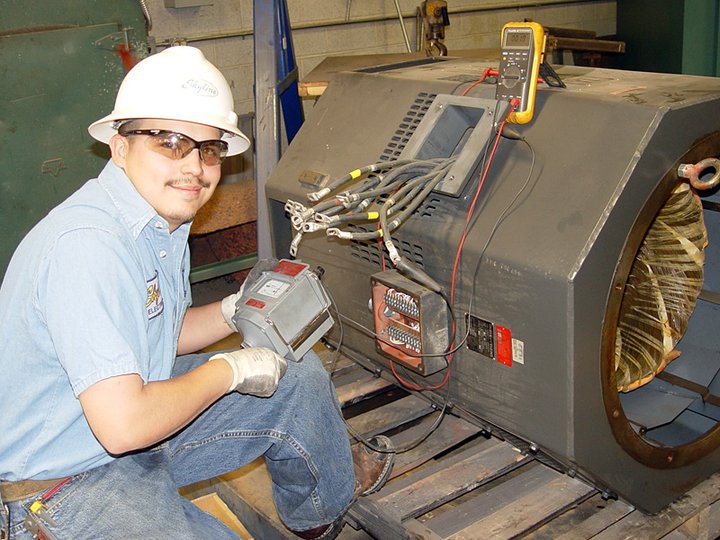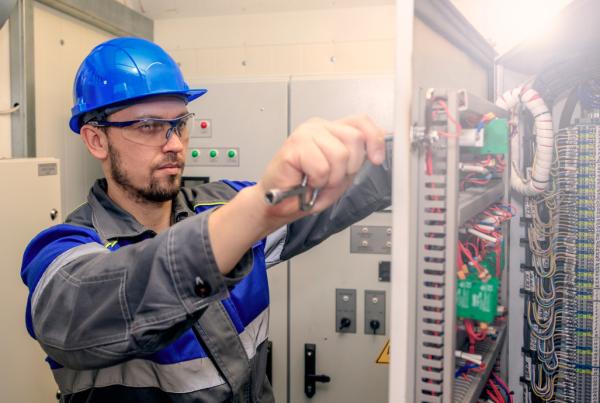If your business is part of the massive power generation, steel, and wastewater industries, you are most likely working extensively with machines powered by electric motors. The smooth operation of these machines provides smooth production and manufacturing processes as the machines convert inputs into mechanical power. However, the electric motor system running these machines consists of a wide range of parts, which are crucial for smooth and continued operation.
What Is Electric Motor Testing?
Electric motor testing determines the motor’s integrity by using computer-supported tools and equipment that monitor the operation of and trends within the motor.
The primary function of electric motor testing is to identify hidden issues and minimize unnecessary failures. To start, you want to evaluate the static parameters of the electric motor, including electrical current leakage, wire damage, and insulation, and the dynamic parameters such as balance, fluctuations, and distortion.
Why Is Electric Motor Testing Done?
After bearing issues, electric faults are the biggest cause of electric motor failure. So a well-planned process for testing electrical motors is necessary for ensuring reliability in the manufacturing plant. According to the Electric Power Research Institute (EPRI), electrical failures are responsible for 48% of motor failures. Out of this 48%, winding problems contribute to 36% of the failures, rotor problems lead to 12% of the failures, and mechanical faults are responsible for the remaining 52% of the failures.
Damaged wires and materials, power surges, thermal overload, aging insulation, and contamination are the most common causes of winding defects. Winding faults exist between a coil or phase, coils in various phases, coils in a phase, or turns in a coil.
Many diagnostic tools, such as oscilloscopes, temperature sensors, and clamp-on ammeters can assist with identifying these issues.
Regular electric motor testing offers a number of benefits including:
It Increases Uptime
Identifying and fixing defects in your electric motors, before they fail, helps guarantee that your systems stay up and running.
It Saves Costs
Electric motor testing shows you the real-time status of the motors within your plant, minimizing potential collateral damage and cutting down maintenance costs.
It Conserves Energy
Motor current analysis (MCA) testing can help with identifying conditions in motors that cause increased power consumption. This could affect the motor’s power quality negatively, causing excess wear and tear to assets, and increased expenses in energy consumption.
It Improves Safety
Electric motor testing minimizes the frequency and effect of breakdowns, enabling maintenance teams to do most of the necessary work during scheduled downtimes. This means the right people have the ideal working conditions for making repairs. You can also use electric motor testing to identify problematic electrical connections within a circuit that were previously unseen by regular infrared testing.
Final Thoughts
As an electric motor sustains damage and wear, it can often lead to core damage, which is irreversible. This means that motors won’t run with their original level of efficiency.
This is one of many reasons it’s important to make electric motor testing a permanent fixture of your maintenance program.
If you need to test any of your electric motors, or the electric system in your building, get in contact with Skyline today. Our highly skilled crew of professionals can help you identify and correct any potential safety concerns, and keep your electrical systems and motors running safely and efficiently.




